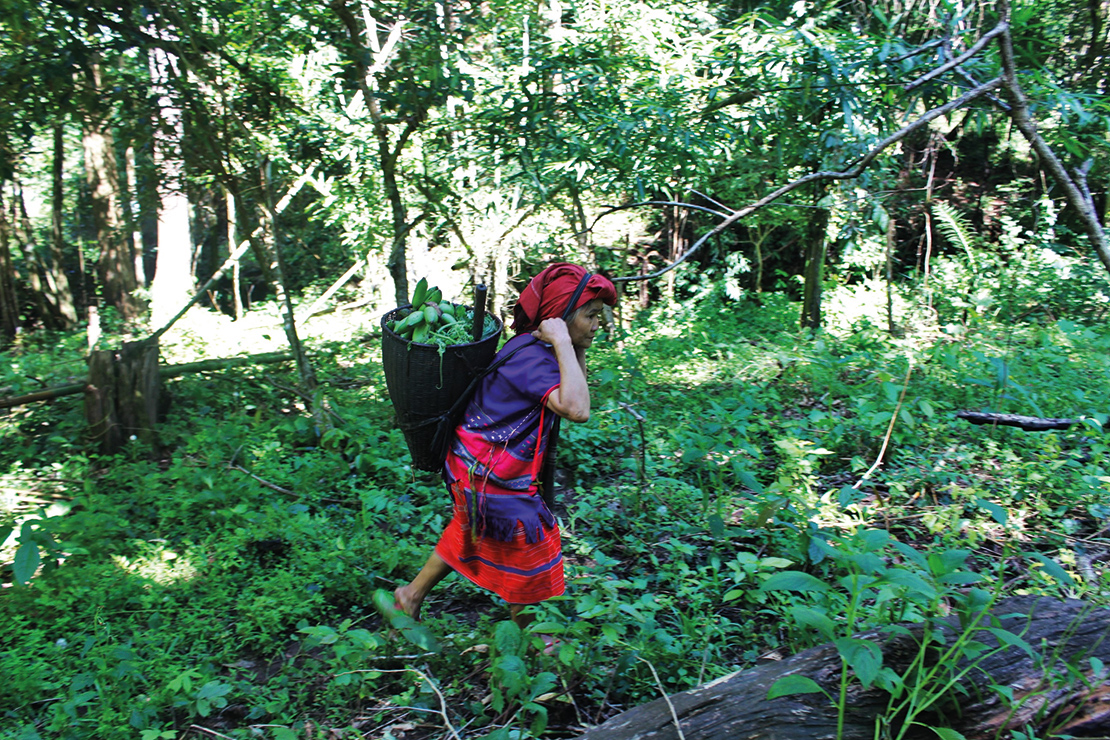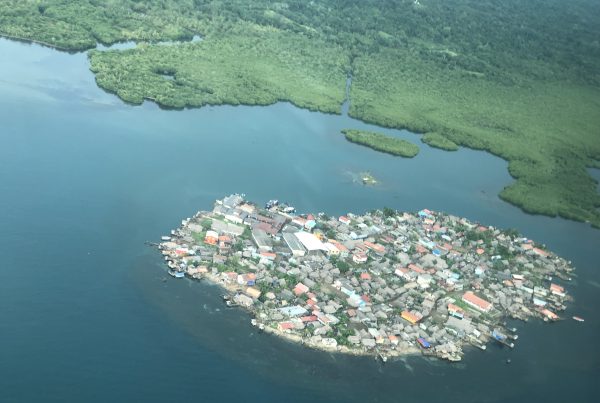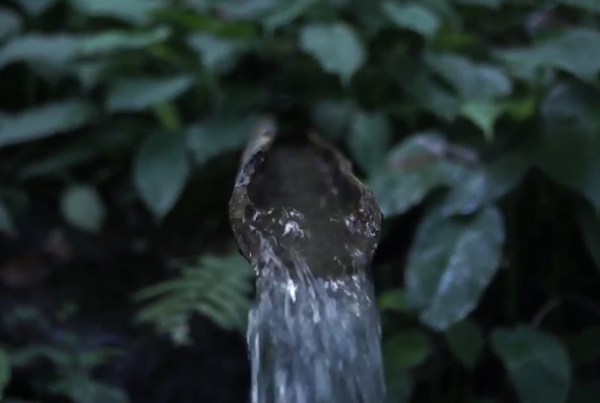In Thailand, the Municipal Ordinance Concerning Participatory Management of Natural Resources and Environment provides a legal mechanism to locally finance community-led resource management. It was passed by the Ban Luang Sub-district Municipality in Chomthong District in 2015, and San Din Daeng village, inside the Doi Inthanon National Park, was the first village to be registered for community land use under the ordinance.
The financial plan for the municipality also called for mapping of neighbouring villages, which has reduced conflicts between the villages and national park authorities and brought an end to arrests for tree-felling and forest encroachment. Since then, the municipality has become a model for this kind of participatory resource management and a second municipality, Doi Kaew Sub-district, has passed a similar municipal ordinance, which is awaiting confirmation from higher policy levels.
In addition, in 2010 a cabinet resolution established the designation of ‘special cultural zones’ for the rehabilitation of indigenous Karen lifestyles, and created four pilots (in Lai Wo, Le Tong Khu, Hin Lad Nai and Mowaki villages), to which seven more have since been added (San Din Daeng, Mae Um Phai, Mae Jok, Khun Mae Yod, Sop Lan, Ban Klang and Doi Chang-Pa Pae). San Din Daeng has received finance and human resources from Ban Luang Sub-district Municipality, the Sirindhorn Anthropology Center, the Inter Mountain Peoples Education and Culture in Thailand Association, the Pgakenyaw Association for Sustainable Development, the Karen Network for Culture and Environment, and the Thai Rak Pa Foundation, and also from Doi Inthanon National Park, Mae Ya-Mae Pon Watershed Network, and Chomthong District Office of Nonformal Education.
Doi Inthanon National Park has received an award for excellence in relation to the activities in San Din Daeng. The Community Development office of Chomthong District has also provided a budget to support alternative income-generating activities, and the communities have been able to produce goods for sale, targeted at green markets outside the area. Meanwhile, the Ban Luang Sub-district Municipality has supported resource management activities through the Mae Ya-Mae Pon Watershed Network, including irrigation weirs in Class 1A forest areas; and the ‘Phra Thammajarik Project’ (of Buddhist monks) has assisted in improving the road into San Din Daeng village. An important outcome has been reduced out-migration for employment, although children and youths have continued to leave the village for higher education in urban areas.
A woman gathers plants near Mae Hong Son village. Credit: V-Victory.
Author
- Jantanee Pichetkulsampan, Inter Mountain Peoples Education and Culture in Thailand Association
Ecosystems
- Tropical forests
Topics
- Governance
Type
- Short-form
Date
- This case study forms part of LBO-2, originally released in 2020.



